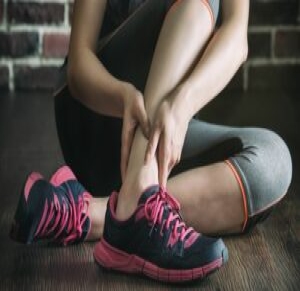1 in 5 middle-aged, or older, people suffer from foot and ankle pain, with women mostly affected. There are multiple reasons for foot and ankle pain.
3 common causes involving the soft tissues of the foot and ankle:
Achilles tendonitis
The Achilles tendon is a thick tendon which connects the gastrocnemius and soleus muscles in the calf to the calcaneus, known as your heel bone. This is the largest and strongest tendon in the body which allows people to jump, run and push off while walking. As this tendon runs along the length of the ankle, it is susceptible to overuse and therefore inflammation associated with overuse or if you increase the amount of exercise. Inflammation of the Achilles tendon is known as Achilles tendonitis and can be addressed with Achilles tendonitis ankle treatment.
Ankle sprains
An ankle sprain occurs when one or more ligaments have been over stretched or torn. A ligament is a band of connective tissue that, when not injured, provides stability and strength to joints by holding one bone to another. The ligaments of the ankle are designed to prevent the joint from moving too far from side to side. A sprain occurs to the soft tissues connecting the bones namely ligaments of the foot are damaged due to an injury. There will commonly be pain around the ankle and bruising or swelling, as well as reduced movement. Most sprains are minor sprains and will heal with the application of ice therapy and rest, if swelling and pain persists, the care of a physician is important. Moderate and severe sprains that are untreated can weaken the ankle over time and cause repeated ankle sprains or other ankle injuries. The result of repeated ankle sprains may cause arthritis.
Plantar fasciitis
In adults, plantar fasciitis is the most common cause of heel pain. The pain may go along the arch of your foot as well. It involves inflammation of a thick band of tissue called fascia, situated underneath the foot. When the band is inflamed under the arch of the foot the result is a sharp pain in the heel. This pain often starts after taking your first few steps in the morning or after resting for a prolonged period of time. Once the fascia has stretched, the pain will often decrease tremendously but will continue to flare up after resting. Some cases of plantar fasciitis can be resolved with merely three things, rest, ice and stretching. Other cases may need medication such as anti-inflammatory medication, wearing a heel pad in the shoe before any relief is found.
How can I relieve the pain?
Soft tissue has to go through the normal phases of healing which takes time. Here are a few ways to help speed up the process:
- Exercises help to reduce the stiffness and loosens up the soft tissues in your feet. Tightness in your Achilles tendon can impact your plantar fascia. This makes these areas important to focus on.
- Resting your feet will decrease inflammation. Try to rest and not run, walk or stand for too long.
- Wearing comfortable shoes with good arch support. This will reduce the strain on your feet.
- Ice packs pressed against the bottom of your foot can reduce swelling. Wrap the ice pack in a tea towel to prevent direct contact with your skin.
- Painkillers such as paracetamol which will decrease pain and ibuprofen can reduce inflammation and decrease swelling. It is important to not take more than the recommended dose. This includes the tablets and cream.
Which exercises can I do?
Research has shown that doing exercises is an effective way to reduce symptoms in plantar fasciitis, Achilles tendonitis and ankle sprains. When doing these exercises it is important to ensure that these exercises are performed gently and regularly, three times per day at least. These exercises can help loosen up tendons and the muscles in your foot so that it moves normally without pain.
Note:
Before performing any exercise program for your injured ankle, check with your medical practitioner to ensure that exercise is safe for you to do.
- Dorsiflexion stretch
This aims to stretch the Achilles tendon and plantar fascia.
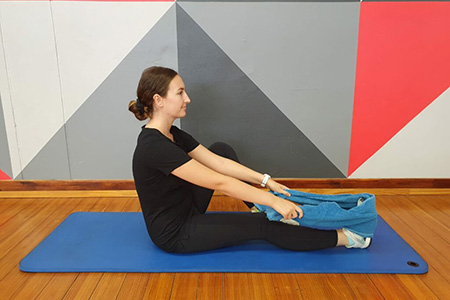
How to do it:
- Sit on the floor with your legs out in front of you
- Loop a towel or Thera band around the ball of your foot
- Gently pull the band backwards
Dosage: Hold for 30 seconds and swap feet
- Crossed-legged stretch
This stretches your plantar fascia.
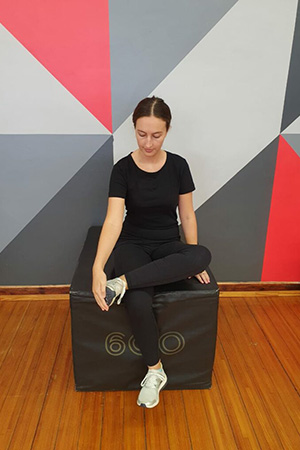
How to do it:
- Sit on a chair and put your one ankle on your opposite knee
- Gently pull the ball of your foot backwards
Dosage: Hold for 20 seconds and alternate to the other foot
- Toe curls
This exercise targets your plantar flexors.
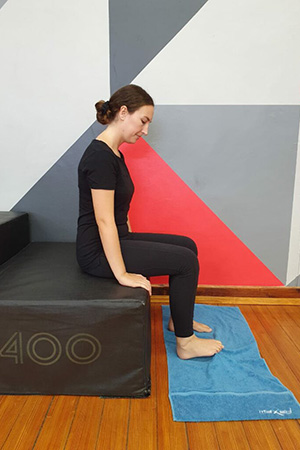
How to do it:
- Sit with both feet firmly on the ground
- Place a towel in front of you
- Use your one foot pick up the towel
Dosage: repeat 20 times
- Ball roll
This exercise targets your plantar fascia ligament as this ligament supports the arch of your foot. This ligament plays an important role in shock absorption of your foot.
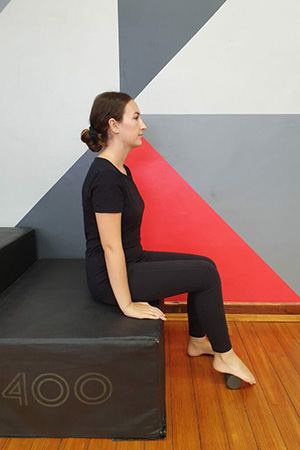
How to do it:
- Sit on a chair and place a golf ball or tennis ball or even a can of soup under the arch of your affected foot
- Roll the ball towards your heel to your toes and back
Dosage: roll the ball for 2 minutes.
Note:
Keep your foot close to your chair
If your foot is swollen you might want to use a cold bottle of water instead of a ball etc. to decrease inflammation.
- Toe bend
This exercise also ensures your ankle doesn’t lose its range of motion by stretching soft tissue.
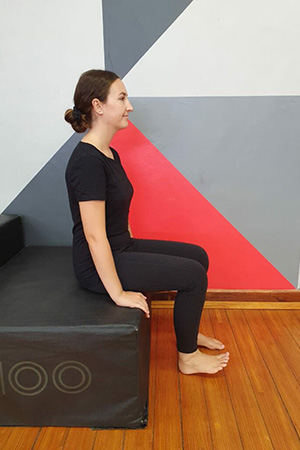
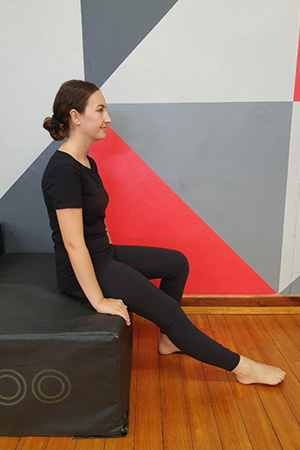
How to do it:
- Sit on a chair, pull your toes towards your head (hold for a few seconds) and then point your toes down (hold for a few seconds) while maintaining your heel on the floor.
Dosage: 10 reps
Note:
If you have swelling this exercise can be done while laying on your back. You simply put a pillow underneath your calves and start pumping your ankles.
- Ankle pumps
This exercise also ensures your ankle doesn’t lose its range of motion.
How to do it:
- Standing up straight, try keep your knees straight, pull your toes towards your head and then stand on your toes.
Dosage: 10 reps
- Calf stretch
This exercise targets your calf muscles to ensure you maintain your flexibility.
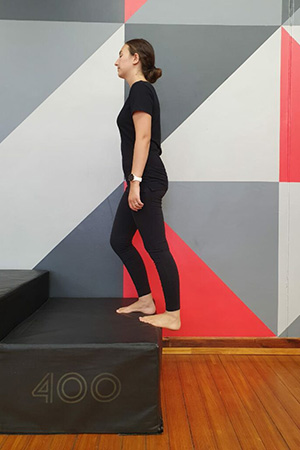
How to do it:
- Stand facing a wall, take a step forward with your one leg leaving your other leg behind you in a straight position
- Keep both heels firmly flat on the ground
- Push your hips forward towards the wall
Dosage: hold the stretch for 30 seconds and rest for 30 seconds repeat 10 times
Note:
Keep your hips centred over both feet.
- Big toe lift and hold
This contributes to having a stronger foot.
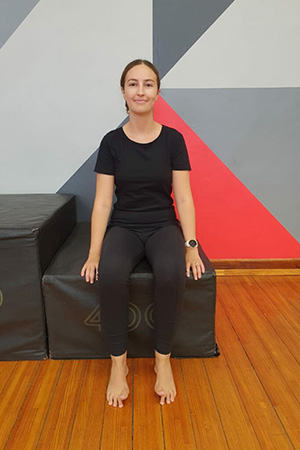
How to do it:
- Place your feet flat on the floor
- List only your big toes for a few seconds up in the air while keeping your other toes flat on the floor
Dosage: repeat 5 times
- Deep calf stretch
This aims to stretch your Achilles tendon and calf muscles.
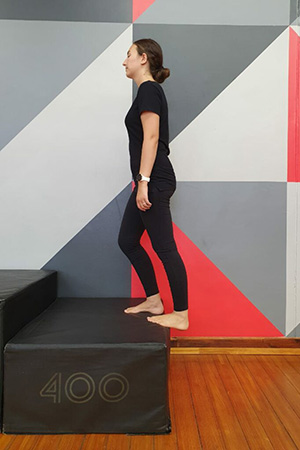
How to do it:
- Stand on a step
- Hang one heel off the edge of the step and gently allow your heel to drop towards the floor
Dosage: hold for 30 seconds
- Single leg standing
This exercise works on your proprioception and balance of your leg.
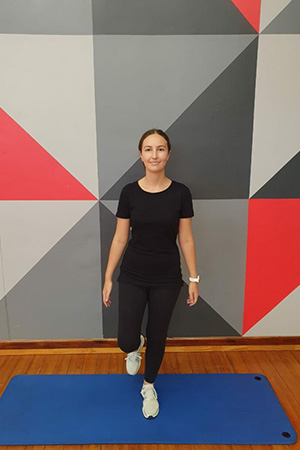
How to do it:
- Stand up straight
- Slowly lift your uninjured leg, try hold your balance for 30-60 seconds
Dosage: attempt to get a new record daily.
Note:
Stand close to a stable surface in case you need to hold on.
- Ankle alphabet
This exercise targets your dorsiflexors, plantar flexors, invertors and evertors to help gain ankle range of motion.
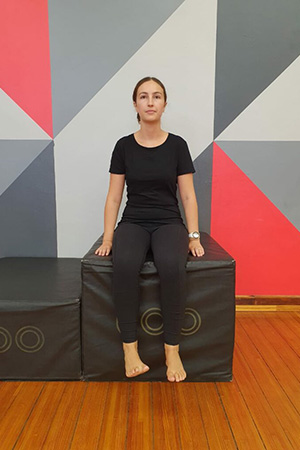
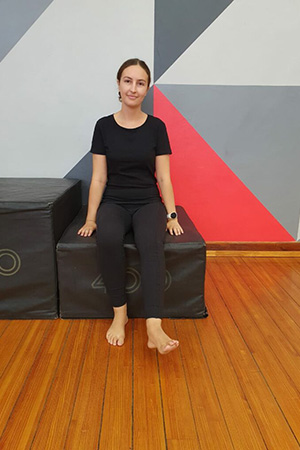
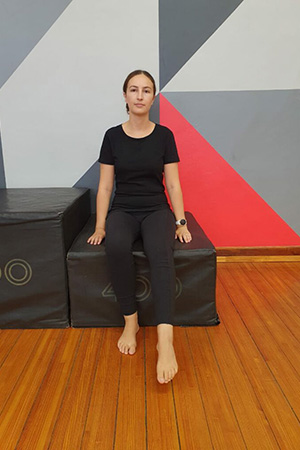
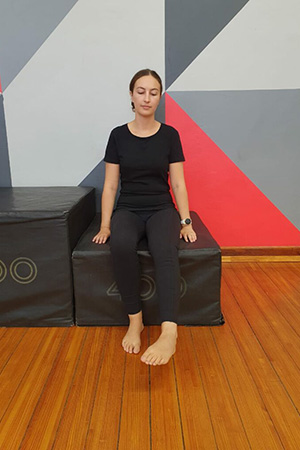
How to do it:
- Sit on a chair so that your feet aren’t supported
- Use your big toe to draw the letters of the alphabet
Dosage: repeat the alphabet A-Z for 3 repetitions
Note:
Keep the movement small to ensure you are just using your foot and ankle.
- Ankle inversion and eversion
This exercise is aimed at strengthening your ankle as well as improving the stability of your ankle.
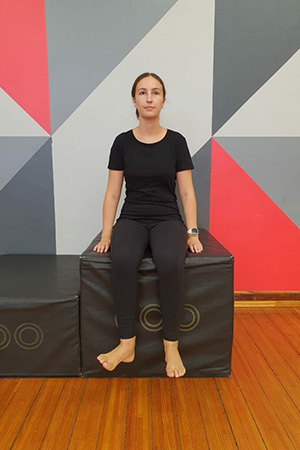
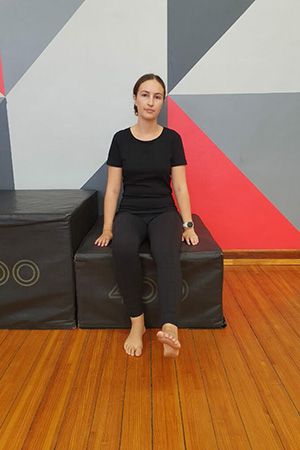
How to do it:
- Sit comfortably on a chair with your feet not touching the floor or lay on your back.
- Focus on keeping your leg as still as possible and only moving your ankle to the right and to the left.
Dosage: 10 reps and repeat of 3 sets
Note: If you are able to add resistance, you can do this exercise with a resistance band.
- Heel slides
Heel slides mimics walking and therefore will strengthen the components used for walking. It is very important to make sure you aren’t compensating when doing movements such as heel slides as you want to train the correct muscles.
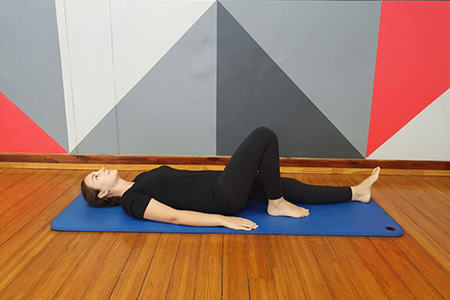
How to do it:
- Lay on your back with your palms of your hands on the floor to help support you
- Contract your stomach muscles so that the small of your back is flush on the ground (pull your belly button towards the ground)
- Choose which leg you want to start with, bend your knee and gently drag your heel along the floor.
Dosage: 10 reps and repeat of 3 sets of each leg.
Note:
Keep your knee pointed to the ceiling and when performing exercises make sure your knee moves in a straight line.
When should I start feeling better?
Generally exercises should start improving your foot and ankle pains within 2 weeks and recovery could take roughly 6 weeks in total. It is important to support your feet by wearing the correct shoes. Use painkillers, anti-inflammatories like instructed. It is important to apply ice to reduce swelling but remember not to leave it on for longer than 10min. If you still experience pain, it is recommended that you speak to your GP.
Your ankle is one of the main weight-bearing structures in your body. The ankle is often injured. After an injury many people suffer from chronic ankle instability. Chronic ankle instability is easily avoidable if you have a good strengthening program. Strengthening and stretching your ankle will help you decrease your risk or re-injury.
About Dr. Bagwe
Dr. Bagwe is a leading orthopedic surgeon specializing in ankle and foot reconstruction. If you are looking for an orthopedic surgeon near you then look no further. Dr. Bagwe is an industry leader when it comes to foot and ankle surgery doctors in St. Louis. Dr. Bagwe and his friendly and professional team is ready to welcome you and tell you everything you need to know.
Reach out and contact us today.

